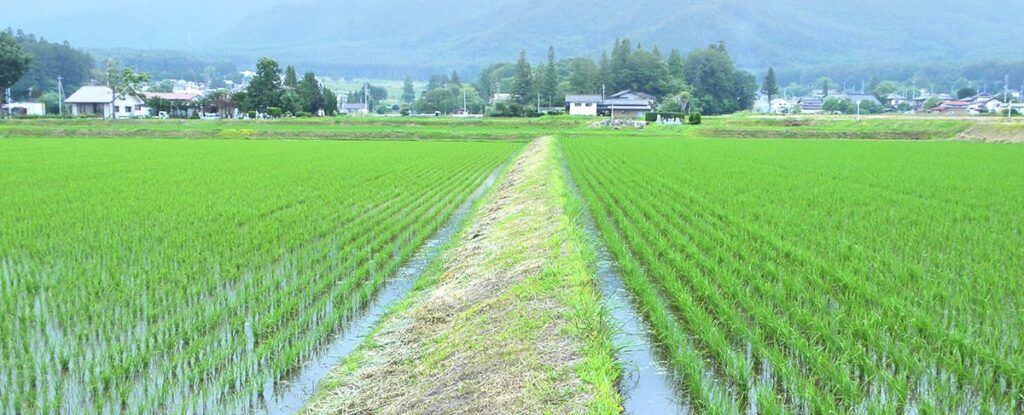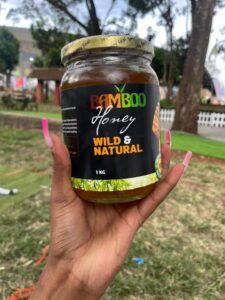Last week, I had a rare opportunity of visiting Japan’s tranquil rice fields in Nara Region and my mind was captivated by the transformative power of rice farming, envisioning its potential to revolutionize Kenyan agriculture with prosperity and sustainability.
Kenyans consume roughly 1 million metric tons of rice every year. Yet we produce only 180,000 tonnes annually. That’s why in the first six months of 2023, Kenya spent Sh39.71 billion to import 702,249 metric tonnes of rice. This is more money than the Ksh32 billion it cost to build the Thika Superhighway. It’s also sufficient money to employ roughly 100,000 intern teachers. That’s because according to the 2023–24 Budget, TSC was allocated Ksh4.8 billion for the recruitment of 20,000 intern teachers.
Our overriding goal should be to produce sufficient rice to meet our consumption needs. That means producing at least one million tons of rice annually. Thankfully, Kenya’s National Rice Development Strategy‑2 seeks to increase paddy rice production to 1,301,000 MT by 2030. I suggest that we target to do so even sooner, say by 2027 so that we drastically reduce our food import bill and re-channel the saved rice import billions towards pressing national matters like increased teacher employment and construction of new highways. It is doable!
Our focus must remain, food security, job creation and national development.
On the matter of food security, the more rice we produce locally, the more we will be immune to global shocks like the Russia-Ukraine war that drove up wheat prices.
How then can we drive up local rice production? Simple – by increasing the quantity of our rice farms and by increasing the quality of farming in those farms.
To give you a sense of how we can increase the quality of our rice farming, let me share with you some details about rice farming in Japan.
In 2022, Japan produced nearly 7.5 million metric tons of rice, which was forty times more than Kenya’s production, despite Japan being roughly three-quarters the size of Kenya. With a forest cover of 67%, only 14% of Japan’s land is available for agricultural purposes. The average rice yield in Japan is approximately 5 to 6 metric tons per hectare, compared to Kenya’s 2 to 3 metric tons per hectare.
n Nara Prefecture, I visited a collective of 30 rice farmers with a small factory capacity producing 1.2 tons of rice daily. They also have shared rice harvesters available for hire during harvest season.
This speaks to Japan’s highly mechanized precision farming. Such mechanized farming, coupled with extensive irrigation systems and high-quality seeds enable Japan to harvest higher yields per hectare compared to Kenya.
Such mechanized, precision farming is precisely what Kenya’s rice agriculture requires. Thankfully, we’re somehow heading in the right direction. The Kenyan Government aims to expand the area of irrigated rice farming to 171,676 hectares and seeks to increase productivity from 4 tons to 7.5 tons per hectare on these new farms. To achieve this goal, I suggest the government ensures complete mechanization, ample irrigation, and high-quality seed availability.
In Japan, I saw medium rice harvesters gather about 1,400 kilograms in under an hour. The rice, swiftly dried and milled within 14 hours, is market-ready for Japan’s 120 million population. This efficient process enables farmers to harvest and sell their rice within 24 hours, with prompt payment following.
Meanwhile our very own rice Mwea rice farmers sometimes wait for almost a year before getting paid. What a shame! Which brings me to the issue of market. The Government has committed to purchase all rice produced by Mwea Farmers. Even though this is not a permanent solution, the offer should be extended to all rice farmers in Kenya.
Considering we import nearly 90 percent of the rice we consume, a market for locally produced rice should never be an issue. Moreover, rice farmers must always be assured of premium prices, which will motivate more Kenyans to embrace rice farming towards a sustainable future. Tuamuke jameni! Think green, act green!



